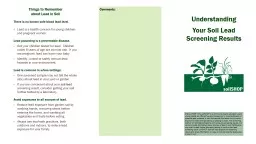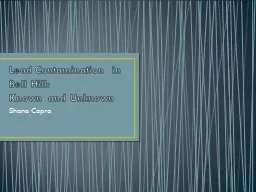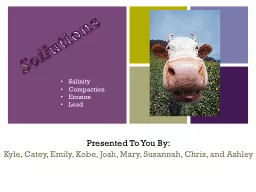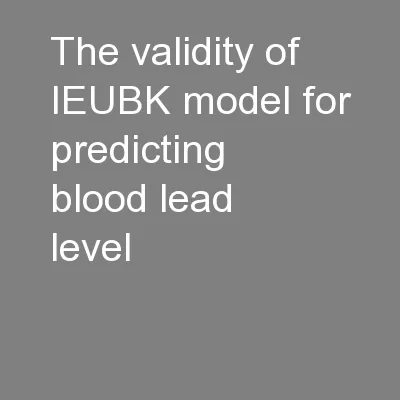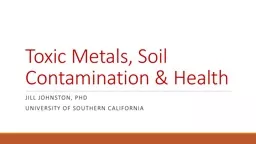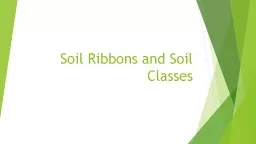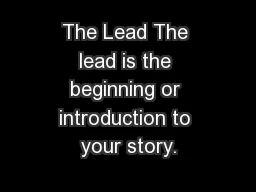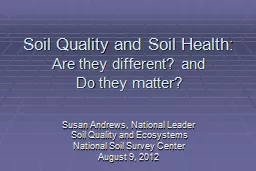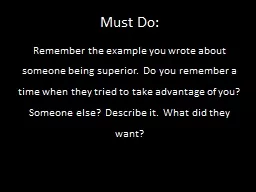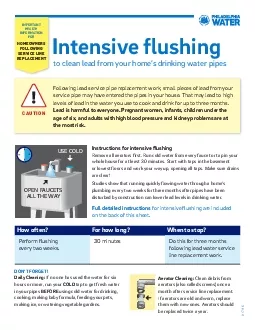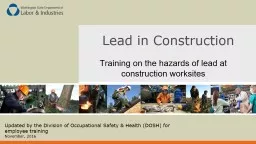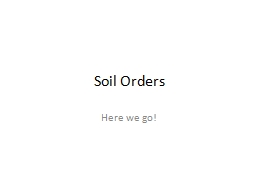PPT-Things to Remember about Lead in Soil
Author : briana-ranney | Published Date : 2018-10-09
There is no known safe blood lead level Lead is a health concern for young children and pregnant women Lead poisoning is a preventable disease Get your children
Presentation Embed Code
Download Presentation
Download Presentation The PPT/PDF document "Things to Remember about Lead in Soil" is the property of its rightful owner. Permission is granted to download and print the materials on this website for personal, non-commercial use only, and to display it on your personal computer provided you do not modify the materials and that you retain all copyright notices contained in the materials. By downloading content from our website, you accept the terms of this agreement.
Things to Remember about Lead in Soil: Transcript
Download Rules Of Document
"Things to Remember about Lead in Soil"The content belongs to its owner. You may download and print it for personal use, without modification, and keep all copyright notices. By downloading, you agree to these terms.
Related Documents

